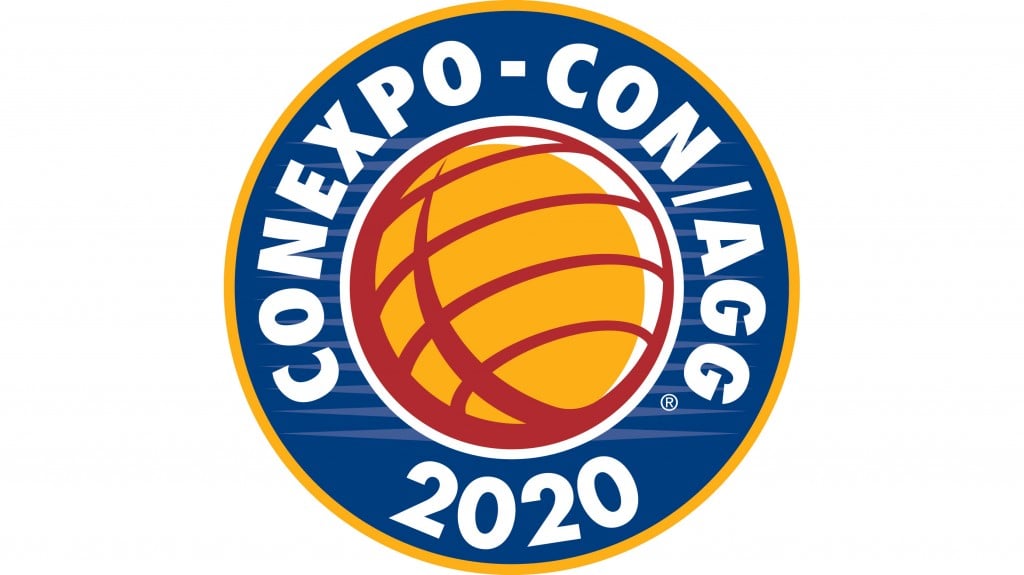
Attend the education session "How To Manage Rising Equipment & Rental Costs" on Thursday, March 12, 2020 from 9:30 a.m. to 10:30 a.m. at CONEXPO-CON/AGG.
A major challenge facing companies in today's construction industry is how to deal with rising equipment and rental costs. One key component to this is whether to buy a piece of equipment or rent it, says Gregg Christensen, vice president, nationals account, United Rentals. Founded in 1997, the company is the largest equipment rental company in the world.
"If there is a consistent level of equipment utilization, based on future projections of workload that can be counted on – the sweet spot of utilization, purchasing is the way to go," he explains. "If there is a roller coaster of utilization, you're probably better off renting. Renting enables a company to augment its owned fleet with rental equipment to help smooth out workload peaks and valleys."
Sometimes though, the buy-or-rent decision boils down to does a fleet have what it needs, when it needs it and where it needs it, he says.
A further consideration, adds Christensen, is whether a company has the appropriate staffing and transportation infrastructure in place to maintain, repair and transport its fleet of equipment. Staffing can be a challenge unto itself because of the construction labour shortage and lack of labour growth that continues to plague the construction industry.
Planning for your project needs
"It has been my experience that in general, construction businesses are poor planners when it comes to equipment and a need for rentals," observes Christensen. "At United Rentals, we try to be proactive to make sure we understand a company's equipment scheduling and the possible need for last minute rentals. Especially for larger jobs, we work with jobsite staff to try and get an idea of ebbs and tides in their project scheduling and staffing so we can have equipment available when appropriate."
Another way to reduce equipment and rental costs, he adds, is to appropriately service and maintain all equipment to ensure that it continues to function efficiently and properly. Equipment malfunction and failure can be costly – equipment downtime, repair expenses, idle labor and project delays, all of which have a direct impact on construction costs.
Christensen says equipment cost reductions can also be had through the use of a comprehensive telematics solution – which provides up-to-the-minute visibility into equipment health and activity – and predictive analytics.
Basically, predictive analytics uses several monitoring methods to establish regular trends and then predict the future path of those trends. With such insight, equipment owners can shift from a reactive repair-after-failure approach to a proactive repair-before-failure tactic. The end result, he says, is more efficient operations and increased fleet availability.
Christensen notes that United Rentals employs predictive analytics around major component wear-outs and failures, plus has developed effective preventive maintenance schedules. This helps avoid or reduce breakdowns, along with the expense and loss of productivity related to them.
Practical tips for managing costs
To help manage rising equipment and rental costs, Christensen offers some advice.
1. Utilization – First and foremost, project equipment utilization over 18 to 24 months. If a piece of equipment is going to be utilized over a certain percentage month in and month out, it typically stands to reason that the piece of equipment should be purchased.
2. Equipment – Determine if you have the staff and infrastructure available to service and transport equipment.
3. Geographic Footprint – Take into account the geographic footprint for where you might need other equipment because it is very expensive to transport construction equipment from place to place.
4. Scope and Versatility – Think about the scope of a project, the specialty aspects of a piece of equipment and how to enhance the flexibility of equipment with attachments.
5. Data Collection – Employ technology to track as much information from equipment as possible and learn how to leverage the data collected to boost efficiency, productivity and uptime, plus help stay on track and on budget.
6. Working Capital – Consider whether you are better off using a line item expense for rental on your profit and loss statement versus tying up a lot of working capital in assets that you may or may not keep utilizing on a consistent and regular basis. If you have limited capital, where do you want to tie it up?




